I recently took on my first project where I sprayed Oil base paint on brand new cabinet doors. I under bid the job to ensure I would have time to play with it and make sure I got a perfect finish.
Lightly sand in-between coats with the grain of the wood with a sanding sponge, I spray the cheapest of the cheapest primers, oil based KIllz around $11 a gallon. I personally feel that expensive primers are pointless and in an effort to save my customer and myself money on the job I go with the cheapest. I prime before patching any holes with minwax stainable woodfiller, the reason is your not going to miss any holes on a bright white background. The reason I highlighted lightly is because several doors actually showed sanding marks even when sanding with the grain. Use the correct grit, all you want is to ruff up the surface not knock it down.
I chose Sherwin Williams top of the line Oil based paint, $76 for 2 gallons. It is very important that you keep the sprayer filled with paint, this will reduce the chance of spatter marks. Use a fine finish spray tip with either a 4″ or 6″ diameter. I prefer 4″. Every so often reverse your spray tip and spray it into a paint bucket, again this will reduce the chance that your tip will get clogged and it will. When you are spaying start and stop after every stroke, when you stop a stroke make sure the gun is not over the cabinet door to prevent a drip.
All my cabinet doors were staged with scrap wood, outside. Any carpenter would gasp at my work but it does not have to be pretty. Keep several work lights on where you are working. Use a leaf blower on cabinet doors before every coat, great time saver! Keep tweezers handy if bugs or debris lands on your wet cabinet door. Don’t use your finger to smear it off, big mistake it will take sanding and 2 coats of sprayed paint to get it looking right. If you do get a drip on your cabinet door, leave it! Don’t mess with it, Sherwin Williams high quality oil based paint will level it it self out remarkably well, and if it needs it start over and lightly sand and spray a light coat tomorrow (trust me I made the mistake, everything shows on the spray finish. I sprayed a total of 4 coats with the primer and man it looks soooo good. Too much thinner and you will have drips all over the place, too little thinner and the gun is more prone to clogging and spattering in the middle of a stroke.
Where latex gloves, respirator. Instead of wearing safety glasses I put Vaseline on my eyelids and forehead. Buy 5 gallons of thinner, recycle your thinner by pouring the used thinner in clear plastic containers. When the paint separates tomorrow use the dirty thinner to clean tips and gun and use it as the first stage of cleaning out your sprayer, use clean thinner after you have run it with dirty thinner.
How do you charge for spraying cabinets? Any tips I missed or got wrong? Tips for staging the door? Best Grit to use for sanding? Tips on sanding? Any point in spraying the cabinet frame, I just brushed it, Came out great.
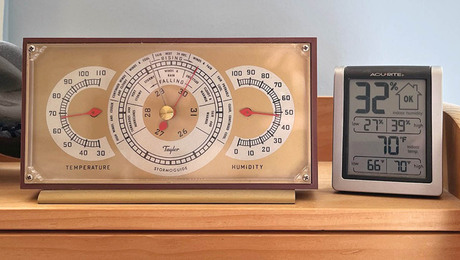
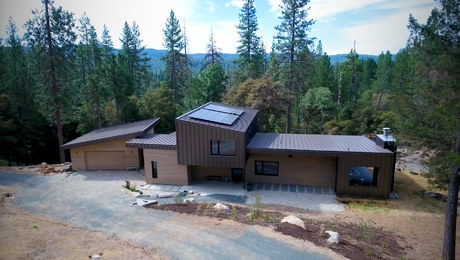


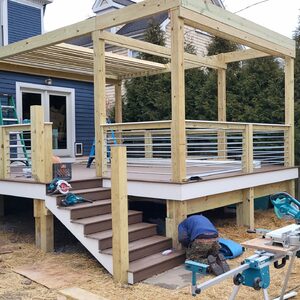
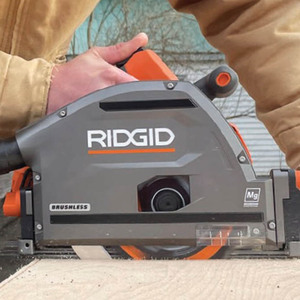




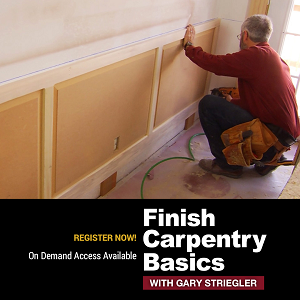



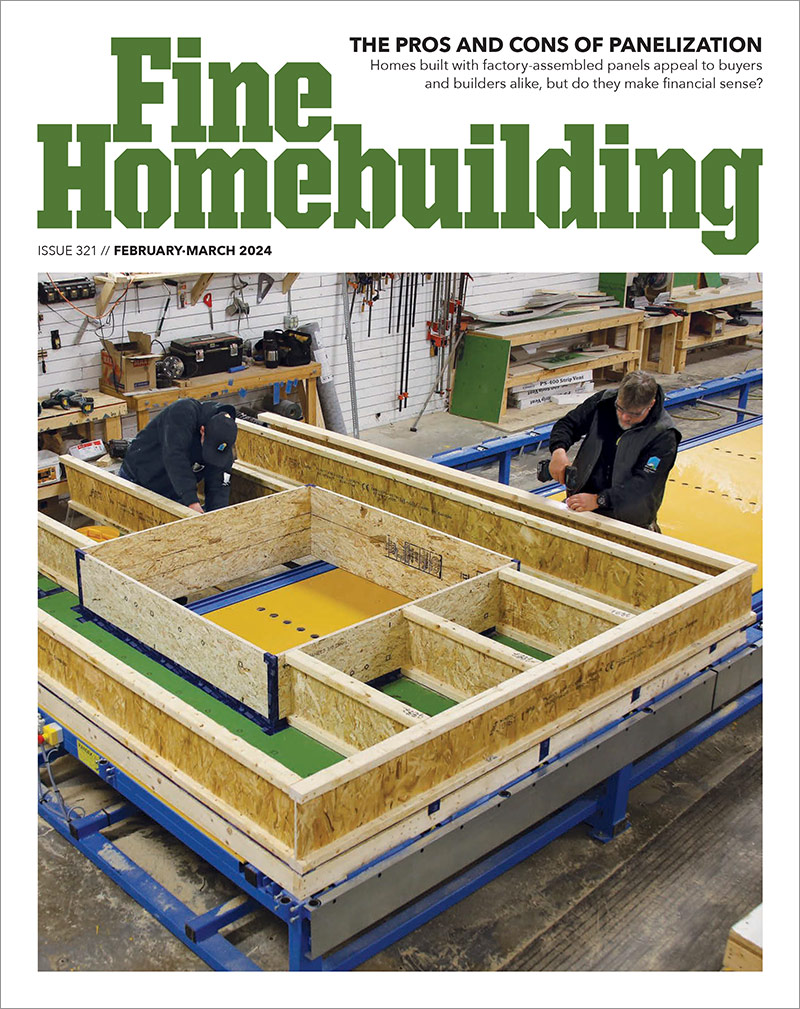



Replies
sounds like you have a system down, The boxes need to be sprayed ...brushing paint will have a different texture. You are eventually going to need hvlp. Learn taping techniques to prevent overspray while spraying the boxes. Glazes will add to your customer options, Pricing? so many variables per job. stinky
Next time you may want to try SW ProClassic 100% Acrylic. Spray's outta my conversion gun great and I don't have the PITA of solvent cleaning the gun, pot, and hoses. Seems to be just as tough. Use semi-gloss or satin. Doesn't show FU's as bad.
150 on new and refinishing wood. Coat of ProClassic primer, then 220, another coat, and then the finish. Check the second coat of primer with a raking light to look for imperfections.
I've had good luck brushing FF's too.
Next time I spray doors I'm getting a mess of these.
http://www.rockler.com/product.cfm?page=17289&filter=door%20hanger
Bill
I wondered about those, do you supose the door will swing around from the spray gun air?
Doug
Hmmmmm? Hadn't thought of that. I suppose you could make some kind of stabilizer with a length of wire. But if it were hanging from a thick rod or pipe it might minimize swing as as well, wouldn't it?Thinking more, with my luck (and small shop) hanging the doors to dry would result in swing doors into one another. That won't be good either.I'm back to Hmmmmmm?
TFB (Bill)
I dont know for sure but it just seamed like it would/could be a problem.
Might be worth taking a door with an old hinge - hang it with a piece of wire and see if it does move around, then you'd know wheather or not to invest the coin.
Doug
It will definitely swing and twist. It is also very hard to finish right behind the holder. Once the door starts swinging, it is very challenging to maintain your fan width. When we spray our doors, we lay them flat and do one side at a time. It is slower, but we use catalyzed finishes so they dry fast regardless. The other draw back to the vertical finishing is if you are not a perfect sprayer, you will get runs. That is virtually eliminated when laid flat.
Bruce
P.S. Doug--thanks for the referral
Bruce
The method that you use is what I do as well.
I'm very inexperienced at this finish stuff so laying it flat assures me that I wont get a run.
Takes twice as long to finish a door but if your using lac or wb lac were not talking about a real long time.
Doug
Wow that would have made a huge difference thanks for the tip!